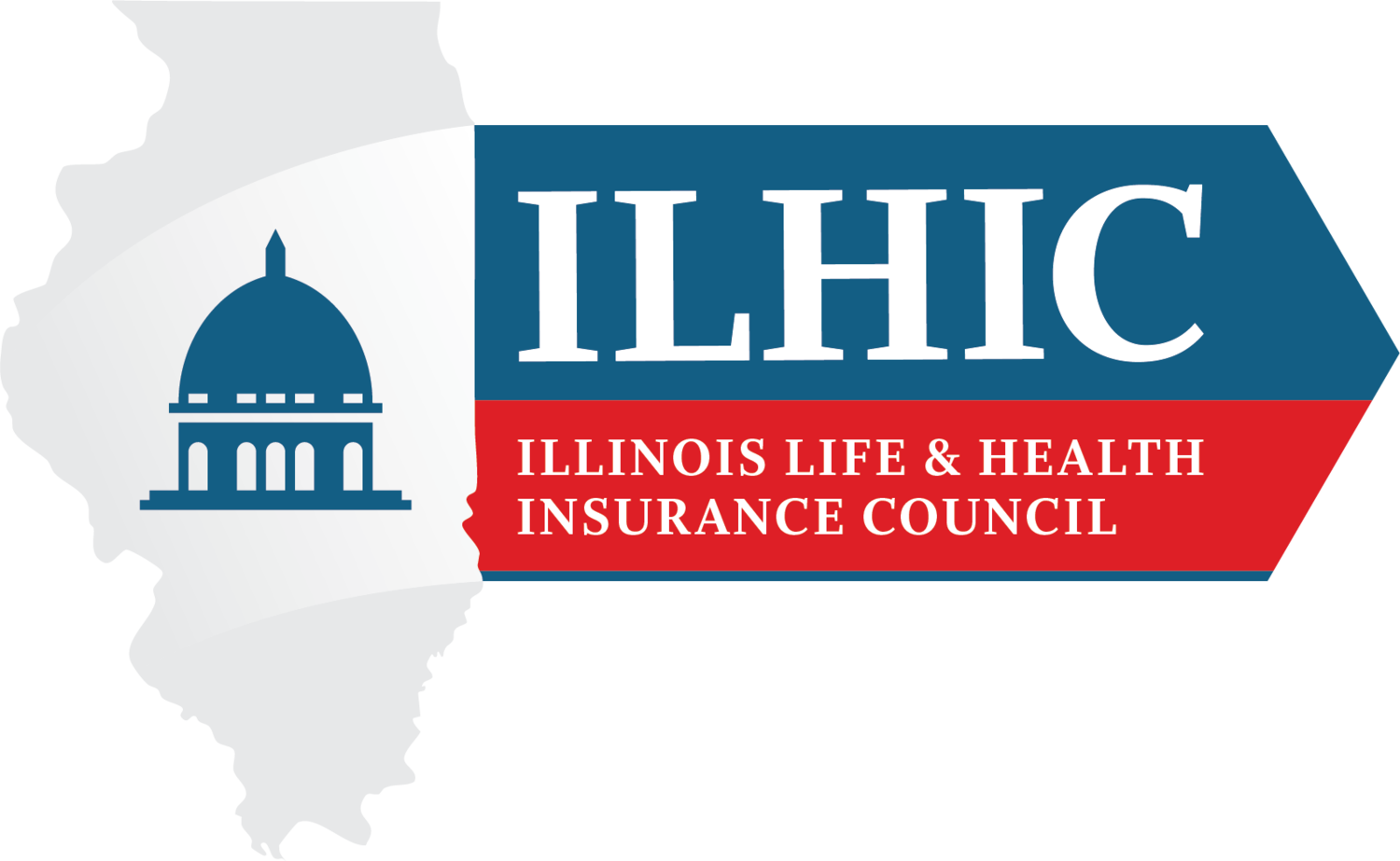Apples and Oranges Series (Part 1)
Kate Morthland
Being properly insured is one of the foundations of financial security and health. Having both life and health insurance can protect you from the high costs of the unexpected. However, in my best sing-song voice- “one of these products is not like the other.” Life and health insurance are as different as apples and oranges. Recently, legislation has sought to have life insurance mirror health insurance in its prohibitions and limitations. These mandates will result in unintentional harm to consumers seeking these products as well as market volatility.
This series of blog posts entitled, “Apples and Oranges,” will explain the detrimental effects of mirroring policies for both life and health insurance. First, let’s discuss a fundamental life insurance process—Underwriting.
Underwriting is the process of determining price as it relates to risk. To the consumer, this process may involve medical questionaries, questions about hobbies and lifestyle, as well as medical testing (like bloodwork and blood pressure testing, etc…) A life insurer will take the information collected to assess the risk of the individual. This risk is reflected in the premium the consumer pays, which may be higher or lower depending on their health and everyday behaviors. Assessing and pricing risk accurately is fundamental to ensuring that ALL consumers who purchase a life insurance policy will be able to access the benefits they were promised when they need them. Companies who cannot accurately determine price as it relates to risk may end up paying more out in benefits than they take in in premiums and they cannot remain solvent.
The two goals in underwriting life insurance are (1) affordability to the consumer; and (2) ensuring that companies can deliver on the benefit promises they made to the consumer when they first purchased the product – even if that consumer does not need those benefits for many years to come.
Now, why underwrite life insurance? One critical difference between life and health insurance is how the product is issued. Meaning, that for life insurance, risk is assessed only once. Life Insurers have one chance to properly assess the risk of that individual for their entire life (or at least the life of their policy) at the time of application! In other words, life insurance is guaranteed renewable, which means that once a consumer purchases that product, the company can never reprice or cancel the policy (except for in cases of nonpayment of premiums or fraud) even if the health of the individual changes over time.
This is extremely different from health insurance, where a policy is only issued or renewed on an annual basis and benefits are therefore based on a one-year term. A consumer can shop for different plans each year or when a qualifying event happens, and these policies are issued on a guaranteed basis. Meaning, consumers are not subject to medical underwriting in health insurance, but premiums are typically much higher than the average life insurance premium due to the frequency with which benefits are paid out throughout the year.
Let’s say legislation passed that prohibited life insurance companies from asking whether an applicant is a smoker. This would mean that life insurance companies would be prohibited from assessing and potentially charging a higher premium to individuals who smoke, which has been scientifically proven to shorten lifespans. To properly assume the risk to ensure that the company remains solvent, the premium would have to increase for all individuals in the risk pool, to correct for an imbalance, making it harder for everyone to afford life insurance. Remember, a life insurer must have enough reserves to pay out claims for its individuals, even if those individuals do not need the benefits until 10, 20, or even 50 years or more into the future. If an insurer cannot properly underwrite risk, then the insurer is essentially flying blind, and its customers are paying higher airfare for the flight.
Establishing prohibitions on underwriting in life insurance might appear equitable on its face, but life insurance is a very different product than health insurance. Imposing underwriting restrictions and prohibitions on life insurance will lead to inequitable results. To achieve affordability, keep its promises, and remain solvent, the life insurance company must carefully assess the risk of everyone who receives life insurance.
Simply put, life and health insurance products are apples and oranges.
Prohibiting certain underwriting elements in life insurance would have a detrimental effect on consumers’ ability to purchase affordable products that cover a diversity of financial needs.
